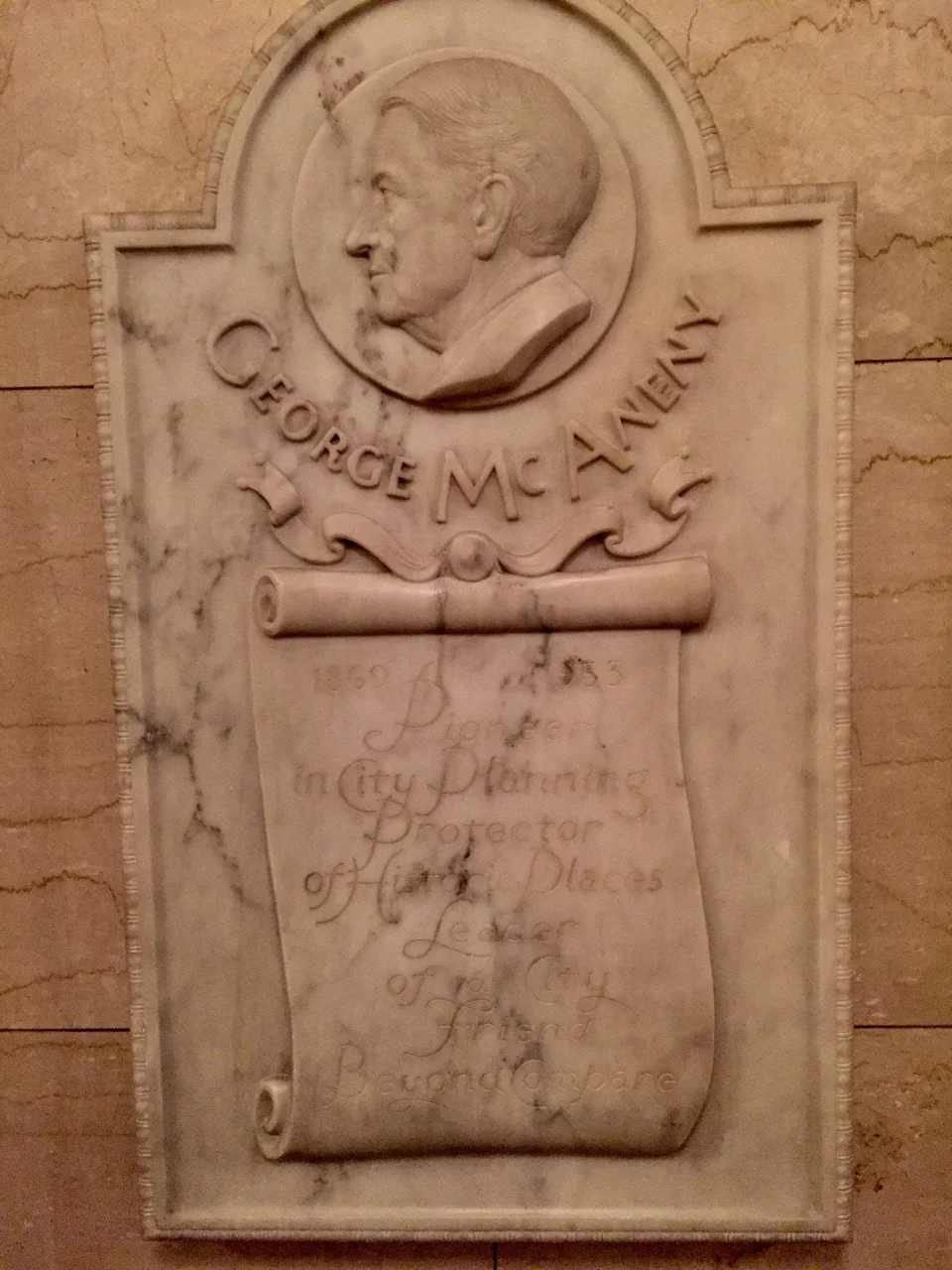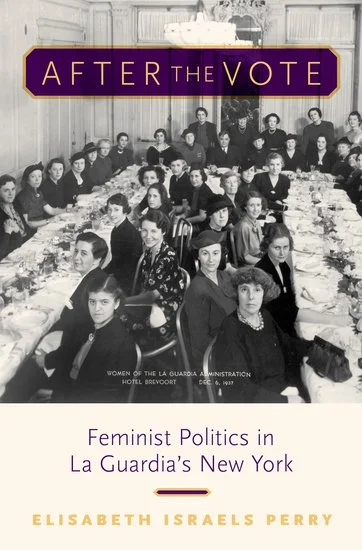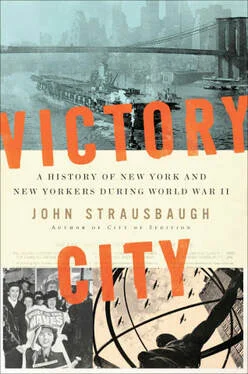Remembering George McAneny: The Reformer, Planner, and Preservationist Who Shaped Modern New York
By Charles Starks
The power to shape the built environment on a metropolitan scale is inevitably shared, contested, and compromised, especially in a city-region as large, diverse, and fragmented as New York has been for the last two centuries. Despite the fervent wishes of more than a few of its leading citizens, the city has never been friendly ground for would-be visionaries seeking to brusquely mold the city’s form to suit their wills—the tech mogul Jeff Bezos being only the latest to find himself chagrined by Gotham’s aversion to imperious planners.
Read MoreAfter the Vote: Feminist Politics in La Guardia's New York
Reviewed by Karen Pastorello
Elisabeth Israels Perry has enriched the historical record by documenting New York City women’s activism in the first half of the twentieth century. Inspired by the life of her grandmother, “political influencer” and civic reformer Belle Linder Israels Moskowitz, Perry goes well beyond recounting “firsts” for women and instead offers specific examples of accomplished women — all of whom surmounted a myriad of personal and professional challenges to enter a male-controlled political world. After suffrage was won, women attempted to ascend from their newly acquired position as voters to officeholders intent, for the most part, on advancing a social justice platform for all.
Read MoreJohn Strausbaugh's Victory City: A History of New York and New Yorkers During World War II
Reviewed by Steven H. Jaffe
In recent years writers and historians have turned their attention to New York City’s experience in World War II. Contributions to the field have included Lorraine B. Diehl’s Over Here! New York City During World War II (2010), Richard Goldstein’s Helluva Town: The Story of New York City During World War II (2010), my own New York at War: Four Centuries of Combat, Fear, and Intrigue in Gotham (2012), and Kenneth T. Jackson’s WWII & NYC(2012), the latter accompanying an exhibition of the same name at the New-York Historical Society. Other scholars have tackled specific aspects of the story, including the crucial military role of the city’s port (over 3 million GIs and 63 million tons of materiel departed from the harbor’s piers to the North African and European fronts), and the volatile political, ethnic, religious, and economic tensions that vexed relations between New York’s Jewish, German, Irish, Italian, and African-American communities before and during the war.
Read MoreThe Rise of Billy Rose: An Interview with Mark Cohen
Today on Gotham, editor Katie Uva interviews Mark Cohen, author of Not Bad for Delancey Street: The Rise of Billy Rose about the legendary New York City showman and his legacy.
Read MoreJerome Robbins' New York: An Interview with Julia Foulkes
Today on Gotham, editor Katie Uva sits down with Julia Foulkes, curator of Voice of My City: Jerome Robbins and New York, to talk about how the city shaped his life and art.
Read More"To make America live up to its ideals": Britt Haas on Youth Activism in the 1930s
Today on Gotham, Peter-Christian Aigner speaks with Britt Haas about her new book, Fighting Authoritarianism: American Youth Activism in the 1930s, exploring the lives of young radicals in New York City and their attempts to create a free, democratic society amid the Great Depression.
Read MoreSneaky Pete: A Bowery Story
By Stephen Paul DeVillo
The Bowery emerged from the Depression greatly the worse for wear. But the old days remained the same at McSorley’s, despite some changes of ownership. When the childless Bill McSorley felt the heavy hand of age settling on him, he sold the place in March 1936 to a retired policeman named Daniel O’Connell. Bill McSorley died on September 21, 1938, and Dan O’Connell followed him in December 1939. Dan willed the saloon to his daughter Dorothy O’Connell Kirwan, who found herself inheriting a saloon that, as a woman, she had never been allowed to enter. After some reflection on the matter, Dorothy decided to continue John McSorley’s venerable no-women tradition. She allowed herself no exception to this rule, setting foot in the place only when it was closed on Sunday mornings to tally up the week’s receipts.
This post excerpted with permission from The Bowery: The Strange History of New York’s Oldest Street by Stephen Paul DeVillo. Copyright © 2017 by Skyhorse Publishing, Inc.
Read MoreWomen after Suffrage: An Interview with Elisabeth Israels Perry
Today on the blog, editor Katie Uva sits down with Elisabeth Israels Perry to talk about her research process and her insights as she prepares her new book, After the Vote: Feminist Politics in La Guardia's New York (Oxford University Press, forthcoming 2019).
Read MoreAl Smith's Revolution: An interview with Robert Chiles
Today on Gotham, managing editor Peter-Christian Aigner speaks with Robert Chiles, author of the new book The Revolution of '28 (released today!), about the long-debated question of whether Al Smith — the beloved representative of Manhattan's nationally symbolic (immigrant and working-class) Lower East Side — set in motion the New Deal "realignment" with his 1928 presidential race.
Read More









